Art
Art Basel’s Marc Spiegler will be a hard act to follow
As Art Basel’s executives gear up for this year’s 20th anniversary of their Miami Beach fair, they can look back on two decades punctuated with drama. Marc Spiegler, Art Basel’s outgoing director of 15 years, and his replacement, Noah Horowitz, acknowledge that the ride to this landmark year has not always been smooth.
From the outset this fair was buffeted by events beyond management’s control. Its opening was planned for 2001 but was cancelled after the 9/11 terrorist attacks, which meant people were not inclined to travel, let alone buy art, and there was an accompanying economic downturn too. There were already huge doubts about whether the Swiss fair, then directed by Sam Keller, had made the right decision to take its weighty Swiss brand to an unlikely US city. “I thought it was a crazy idea. I had never been there, apart from via Grand Theft Auto: Vice City,” Spiegler says, referring to the video game set in a fictional version of Miami.
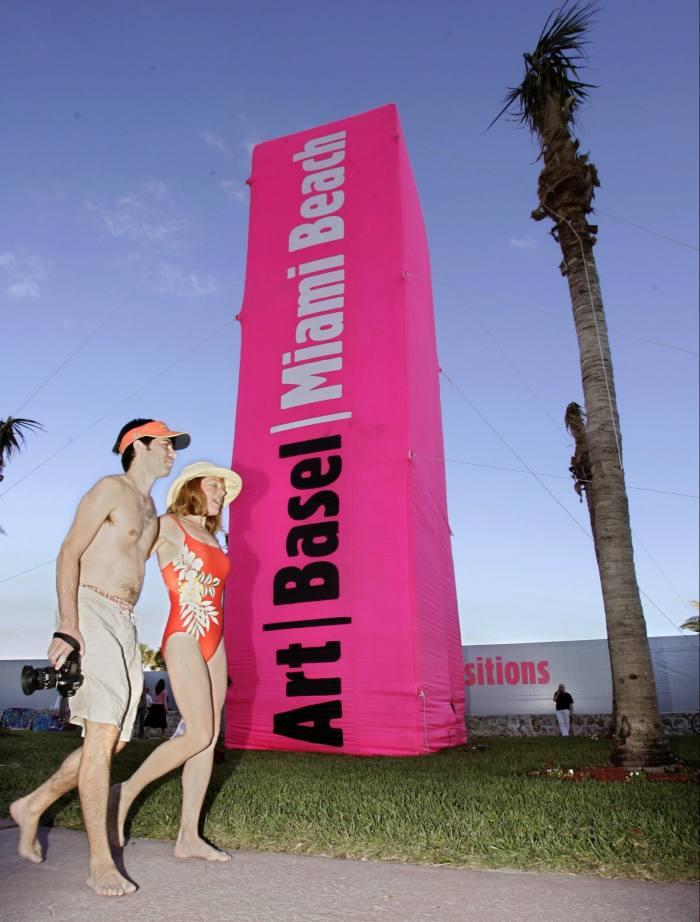
Others shared his caution — Miami was seen by many as a crime-ridden, cultural desert, at best a sunny retirement city, and a far cry from the real US art market action of New York and Chicago.
Like many of us, Spiegler admits he was proved wrong. He remembers visiting the first Art Basel Miami Beach in 2002 when working as an arts journalist based in Zurich. Ushered into a party in the garden of the collecting couple Rosa and Carlos de la Cruz, he says he was struck by two things that went on to define the fair’s success: the overlooked sophistication of the city’s highly engaged collectors, and the draw of events that now seem intrinsic not just to Art Basel Miami Beach (where they do a poolside party pretty well) but to the whole of the contemporary art market. “It wasn’t the done thing at the time,” Spiegler says.
Miami’s other advantage, Spiegler realised, is how close it is to Brazil, a major collector base and a booming economy in the fair’s earlier years. And, of course, the weather helps. “Those first biting days of winter [in New York and Europe] make Miami appealing,” he says.
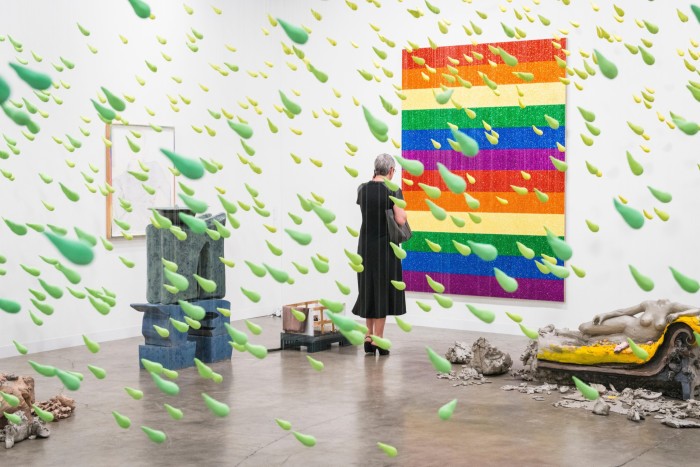
At the time of the Miami launch, it was unusual for any fair to take its brand overseas, something that became de rigueur for the bigger companies in the intervening 20 years. “Art Basel Miami Beach proved that there was something about Art Basel’s success that could be exported,” Spiegler says.
This laid the ground for Art Basel in Hong Kong, a fair he opened in 2013 and, more recently in Paris — both launches among his highlights of his Art Basel career, which began in 2007. In both instances, the fairs replaced existing events rather than venturing into the complete unknown, as Keller had done in Miami. Art Basel bought out ArtHK, which had launched in 2008, while in Paris the fair group ruffled some feathers when it took the slot of the Fiac fair that had run for nearly 50 years. Increased institutionalisation is not to everyone’s liking in the nuanced art world, but has been an inevitable trend as the market expands in popularity, accompanied by soaring prices for art.
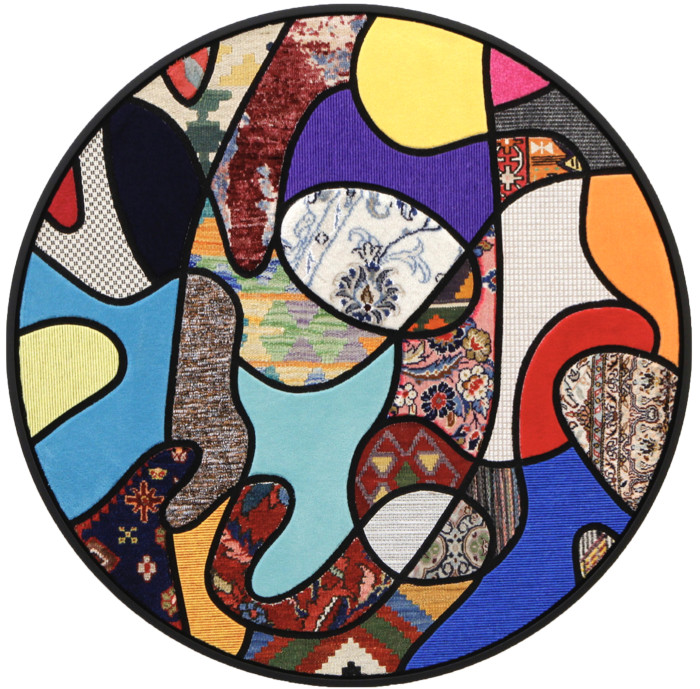
“I started out at a company that had two events and one office in Switzerland with a staff of 22. I am leaving a business that runs four fairs, has more than 100 people in offices around the word and a significant online presence,” Spiegler says. The growing international stature of Art Basel during Spiegler’s reign attracted the media scion James Murdoch, whose company Lupa Systems bought a controlling stake in Art Basel’s parent company MCH Group in 2020.
While Miami has helped Art Basel grow, the fair is certainly credited with helping to power Miami’s cultural scene — and gives a post-Thanksgiving boost to its hotels, restaurants and Uber drivers. “The city was ready for it, but the fair brought more great collectors, more great galleries to town. It delivered an audience, it was showtime,” Spiegler says, with characteristic zeal.
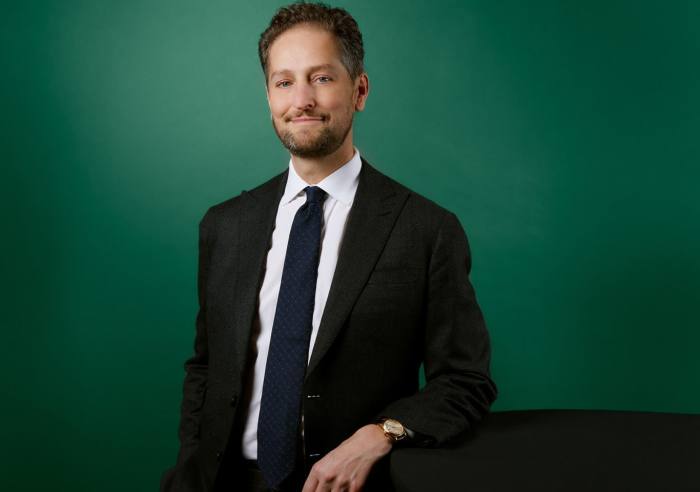
The more understated Horowitz, who worked for Spiegler as Art Basel’s director of Americas between 2015 and 2021 and now rejoins the fair group after a year at Sotheby’s, also saw the city change. “There were a handful of galleries in 2001 and more than 100 in 2019, though what I find more incredible is what has happened since,” he says.
The Covid pandemic brought more people and businesses to Miami, sunny, libertarian and low-tax, as real-estate moguls and sun-seeking snowbirds gave way to crypto bros and high-rolling financiers. The art scene jumped at the opportunity. “It’s not just the absolute numbers that have grown, but the depth and ambition of the galleries that are now here,” Horowitz says. He cites this year’s new entrants, Jupiter and Central Fine galleries, both in North Beach, as well as the growing influence of longer-time locals such as Nina Johnson. The evolution has not just been commercial: Horowitz notes cutting-edge and influential exhibitions at institutions such as the ICA Miami and The Bass Museum.
Horowitz and Spiegler have presided over some eventful editions. At Horowitz’s first show in 2015, there was a violent, though non-fatal, stabbing during the fair (many of us initially thought it was an artistic performance). The following year, the Zika virus threatened to ruin the fair, and then the Convention Center, which has always housed the event, went through a complex renovation, which cut into the exhibition space and was finally completed for the 2018 edition.
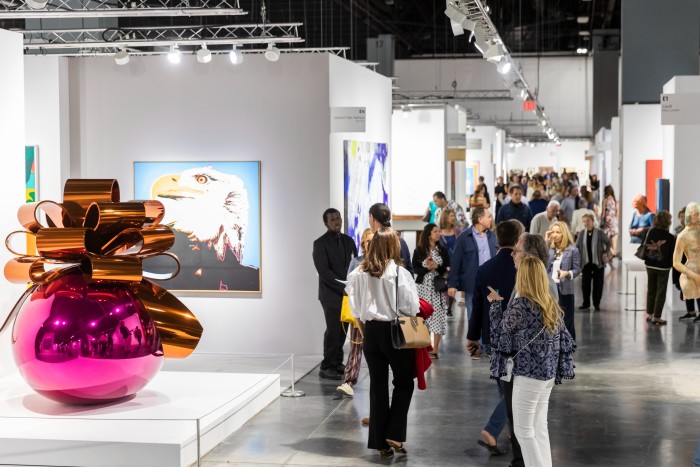
Just when everything seemed back on track, the Covid-19 pandemic hit and forced the cancellation of the 2020 fair. Like the other Art Basel fairs that year, Miami had an online edition — which benefited from Horowitz’s experience at the ahead-of-its-time, digital-only VIP Art Fair — and kept business ticking over. Just before last year’s in-person return, by which time Horowitz had left Art Basel, the Omicron variant began to rage. “It was up to me to make Floridians wear a mask,” Spiegler semi-jokes.
This year, Spiegler — who hasn’t said what he is doing after a six-month transition — is handing over the reins, just as an economic recession looks to bite. Horowitz has a bigger company to run than his predecessor inherited in 2007 and comes in as the group’s first chief executive. There is a management structure to finalise — while the plan is for each of the fairs to have an artistic and managing director, the Miami and Basel events still lack direct leadership. Vincenzo de Bellis, until now a curator at Minneapolis’s Walker Art Center, and formerly artistic director of miart (the Milan International Fair of Modern and Contemporary Art), has been appointed to oversee all four fairs and to unlock new ways to expand the brand.

Horowitz has what he describes as a “bird’s eye view” and sees several opportunities to grow the “engine that is Art Basel”, not least in Asia. His year at Sotheby’s has helped him get a broader understanding of some of the commercial facets of the art business, he says. Now, his priority at Art Basel is to maintain Spiegler’s legacy of “an exceptionally strong baseline” of fairs, he says. As the Miami fair opens its biggest edition to date, in a relentlessly international and fragile market, the role is — Horowitz adds — “a high threshold to step into, at all levels”.
November 29-December 3, artbasel.com
Art
Calvin Lucyshyn: Vancouver Island Art Dealer Faces Fraud Charges After Police Seize Millions in Artwork

In a case that has sent shockwaves through the Vancouver Island art community, a local art dealer has been charged with one count of fraud over $5,000. Calvin Lucyshyn, the former operator of the now-closed Winchester Galleries in Oak Bay, faces the charge after police seized hundreds of artworks, valued in the tens of millions of dollars, from various storage sites in the Greater Victoria area.
Alleged Fraud Scheme
Police allege that Lucyshyn had been taking valuable art from members of the public under the guise of appraising or consigning the pieces for sale, only to cut off all communication with the owners. This investigation began in April 2022, when police received a complaint from an individual who had provided four paintings to Lucyshyn, including three works by renowned British Columbia artist Emily Carr, and had not received any updates on their sale.
Further investigation by the Saanich Police Department revealed that this was not an isolated incident. Detectives found other alleged victims who had similar experiences with Winchester Galleries, leading police to execute search warrants at three separate storage locations across Greater Victoria.
Massive Seizure of Artworks
In what has become one of the largest art fraud investigations in recent Canadian history, authorities seized approximately 1,100 pieces of art, including more than 600 pieces from a storage site in Saanich, over 300 in Langford, and more than 100 in Oak Bay. Some of the more valuable pieces, according to police, were estimated to be worth $85,000 each.
Lucyshyn was arrested on April 21, 2022, but was later released from custody. In May 2024, a fraud charge was formally laid against him.
Artwork Returned, but Some Remain Unclaimed
In a statement released on Monday, the Saanich Police Department confirmed that 1,050 of the seized artworks have been returned to their rightful owners. However, several pieces remain unclaimed, and police continue their efforts to track down the owners of these works.
Court Proceedings Ongoing
The criminal charge against Lucyshyn has not yet been tested in court, and he has publicly stated his intention to defend himself against any pending allegations. His next court appearance is scheduled for September 10, 2024.
Impact on the Local Art Community
The news of Lucyshyn’s alleged fraud has deeply affected Vancouver Island’s art community, particularly collectors, galleries, and artists who may have been impacted by the gallery’s operations. With high-value pieces from artists like Emily Carr involved, the case underscores the vulnerabilities that can exist in art transactions.
For many art collectors, the investigation has raised concerns about the potential for fraud in the art world, particularly when it comes to dealing with private galleries and dealers. The seizure of such a vast collection of artworks has also led to questions about the management and oversight of valuable art pieces, as well as the importance of transparency and trust in the industry.
As the case continues to unfold in court, it will likely serve as a cautionary tale for collectors and galleries alike, highlighting the need for due diligence in the sale and appraisal of high-value artworks.
While much of the seized artwork has been returned, the full scale of the alleged fraud is still being unraveled. Lucyshyn’s upcoming court appearances will be closely watched, not only by the legal community but also by the wider art world, as it navigates the fallout from one of Canada’s most significant art fraud cases in recent memory.
Art collectors and individuals who believe they may have been affected by this case are encouraged to contact the Saanich Police Department to inquire about any unclaimed pieces. Additionally, the case serves as a reminder for anyone involved in high-value art transactions to work with reputable dealers and to keep thorough documentation of all transactions.
As with any investment, whether in art or other ventures, it is crucial to be cautious and informed. Art fraud can devastate personal collections and finances, but by taking steps to verify authenticity, provenance, and the reputation of dealers, collectors can help safeguard their valuable pieces.
Art
Ukrainian sells art in Essex while stuck in a warzone – BBC.com
[unable to retrieve full-text content]
Ukrainian sells art in Essex while stuck in a warzone BBC.com

Source link
Art
Somerset House Fire: Courtauld Gallery Reopens, Rest of Landmark Closed
The Courtauld Gallery at Somerset House has reopened its doors to the public after a fire swept through the historic building in central London. While the gallery has resumed operations, the rest of the iconic site remains closed “until further notice.”
On Saturday, approximately 125 firefighters were called to the scene to battle the blaze, which sent smoke billowing across the city. Fortunately, the fire occurred in a part of the building not housing valuable artworks, and no injuries were reported. Authorities are still investigating the cause of the fire.
Despite the disruption, art lovers queued outside the gallery before it reopened at 10:00 BST on Sunday. One visitor expressed his relief, saying, “I was sad to see the fire, but I’m relieved the art is safe.”
The Clark family, visiting London from Washington state, USA, had a unique perspective on the incident. While sightseeing on the London Eye, they watched as firefighters tackled the flames. Paul Clark, accompanied by his wife Jiorgia and their four children, shared their concern for the safety of the artwork inside Somerset House. “It was sad to see,” Mr. Clark told the BBC. As a fan of Vincent Van Gogh, he was particularly relieved to learn that the painter’s famous Self-Portrait with Bandaged Ear had not been affected by the fire.
Blaze in the West Wing
The fire broke out around midday on Saturday in the west wing of Somerset House, a section of the building primarily used for offices and storage. Jonathan Reekie, director of Somerset House Trust, assured the public that “no valuable artefacts or artworks” were located in that part of the building. By Sunday, fire engines were still stationed outside as investigations into the fire’s origin continued.
About Somerset House
Located on the Strand in central London, Somerset House is a prominent arts venue with a rich history dating back to the Georgian era. Built on the site of a former Tudor palace, the complex is known for its iconic courtyard and is home to the Courtauld Gallery. The gallery houses a prestigious collection from the Samuel Courtauld Trust, showcasing masterpieces from the Middle Ages to the 20th century. Among the notable works are pieces by impressionist legends such as Edouard Manet, Claude Monet, Paul Cézanne, and Vincent Van Gogh.
Somerset House regularly hosts cultural exhibitions and public events, including its popular winter ice skating sessions in the courtyard. However, for now, the venue remains partially closed as authorities ensure the safety of the site following the fire.
Art lovers and the Somerset House community can take solace in knowing that the invaluable collection remains unharmed, and the Courtauld Gallery continues to welcome visitors, offering a reprieve amid the disruption.
-

 Politics14 hours ago
Politics14 hours agoNew Brunswick Premier Blaine Higgs expected to call provincial election today
-

 Sports9 hours ago
Sports9 hours agoArch Manning to get first start for No. 1 Texas as Ewers continues recovery from abdomen strain
-
Media13 hours ago
Sutherland House Experts Book Publishing Launches To Empower Quiet Experts
-

 Investment13 hours ago
Investment13 hours agoCanada’s Probate Laws: What You Need to Know about Estate Planning in 2024
-

 Sports9 hours ago
Sports9 hours agoFormer Canada captain Atiba Hutchinson tells his story in ‘The Beautiful Dream”
-

 Politics8 hours ago
Politics8 hours agoNew Brunswick election candidate profile: Green Party Leader David Coon
-

 Politics12 hours ago
Politics12 hours agoNew Brunswick Premier Blaine Higgs kicks off provincial election campaign
-

 News14 hours ago
News14 hours agoQuebec won’t fund graphite mine project tied to Pentagon; locals claim ‘victory’

















